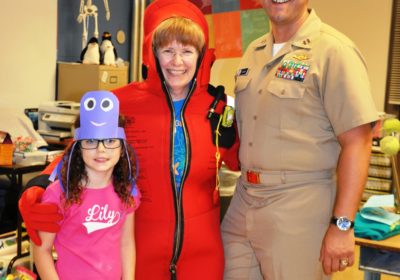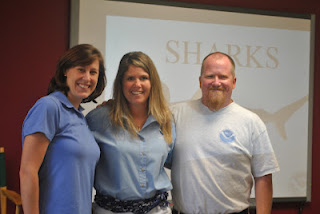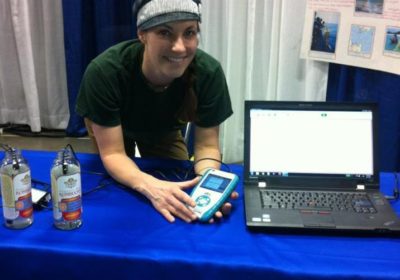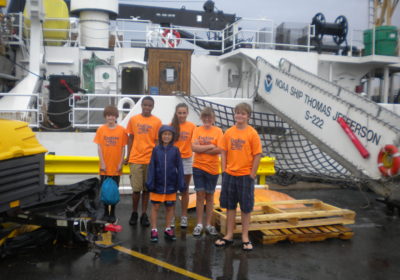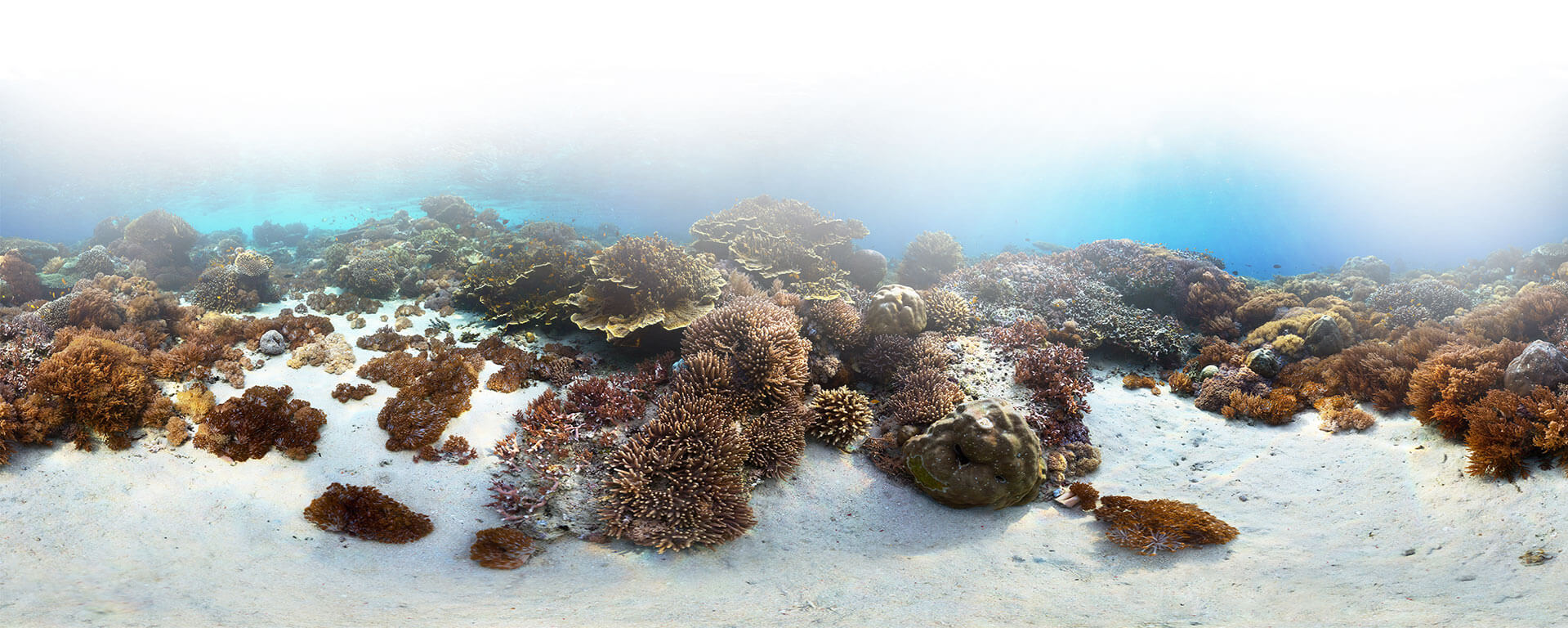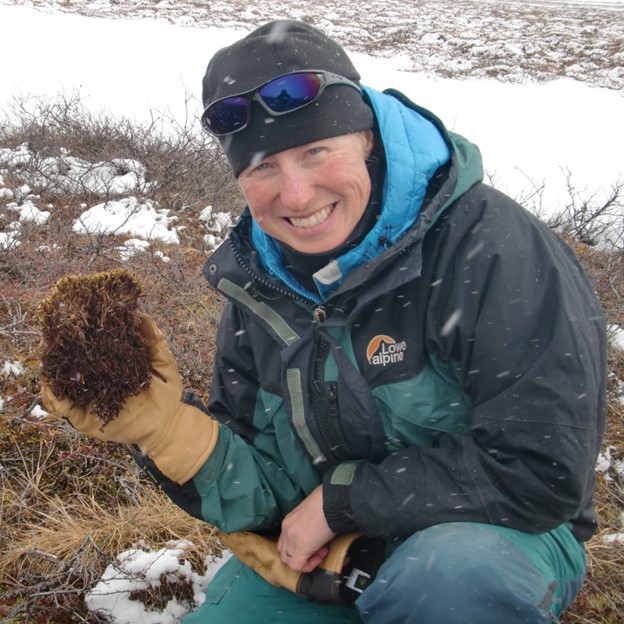
Getting STEAM-y at the Poles
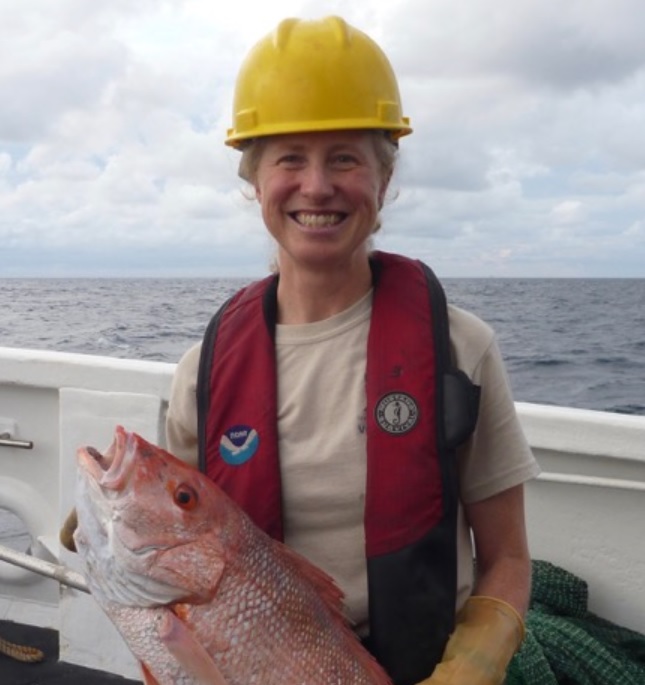
Melissa Barker (TAS, 2017) is the Outreach and Engagement Lead for the Polar STEAM program at Oregon State University. She works to support and collaborate with scientists, teachers, artists and writers, while engaging in polar science. As a former science teacher and Director of Experiential Education at the Alexander Dawson School in Colorado, Melissa managed a multifaceted program that involved training and supporting faculty to create innovative learning experiences for students. She also participated in several teacher-researcher programs, including working with scientists at Toolik Field Station in Alaska through the PolarTREC program and participating in ground fish surveys in the Gulf of Mexico through the NOAA Teacher at Sea program.
In her position at Polar STEAM, Melissa coordinates the educator recruitment and selection process, and supports the educators through the life of the program. She also creates and facilitates the programing for the Polar STEAM cohort of educators, artist/writers, and researchers. Each cohort runs roughly a year in length (a bit longer for participants headed to the Antarctic) and includes multiple learning and training sessions. Educators receive support as they collaborate with polar researchers virtually and in the field to create educational resources for their learners and broader audiences.
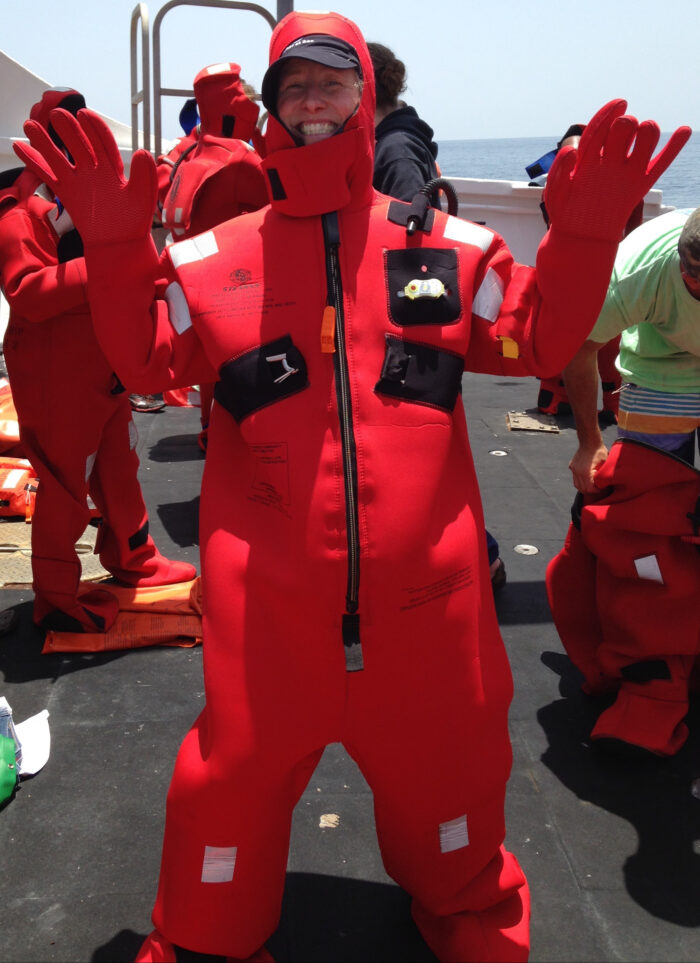
How she made the jump from classroom to outreach and engagement
“I spent 22 years teaching science, mostly high school biology. A few years into my teaching, I became the coordinator of our experiential education program. It grew to be about 50% of my job and gave me experience managing a multifaceted travel program. I had always been interested in working for a program that facilitates science-focused teacher experiences and was ready to move out of the classroom. When the Polar STEAM job was posted, I threw my hat in the ring.”


Polar STEAM is an NSF-funded project that integrates and enhances two long-standing NSF programs – the Polar Educators program and the Antarctic Artists and Writers Program.
From the website: The Polar Educators program run by Polar STEAM facilitates virtual and field deployments to the Arctic and Antarctic for both formal and informal educators in the United States. The program aims to inspire transdisciplinary education about science in the polar regions, integrating art-based and science-based methods to promote critical thinking, engagement, and accessible & inclusive opportunities for learners. The program works with faculty from community colleges and Minority Serving Institutions, middle and high school educators, as well as informal educators who can incorporate polar science education into their work. Polar STEAM will foster an integrated approach to science communication with cohorts of participants who engage learners in exploring and understanding critical polar environments and human endeavors at the poles.
Applications for educators are currently open and close August 4, 2024 at 11:50pm PT.
Check the FAQ page to learn more and the Apply Now page for current information.
(Photo Credits: NOAA TAS, Melissa Barker)

